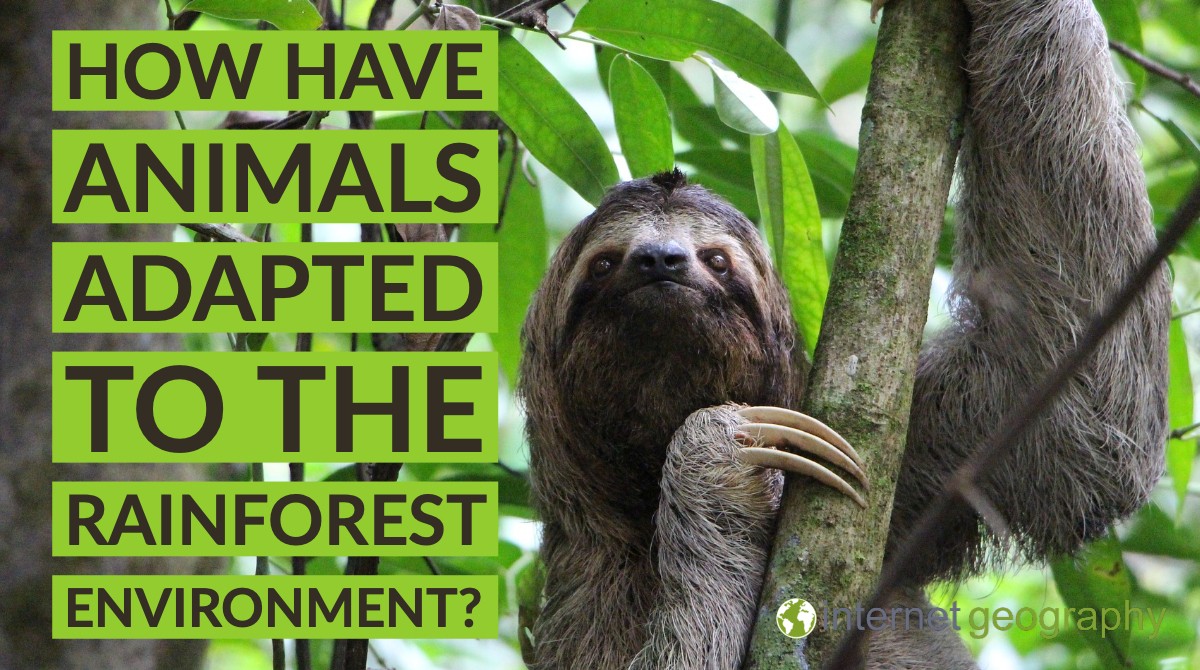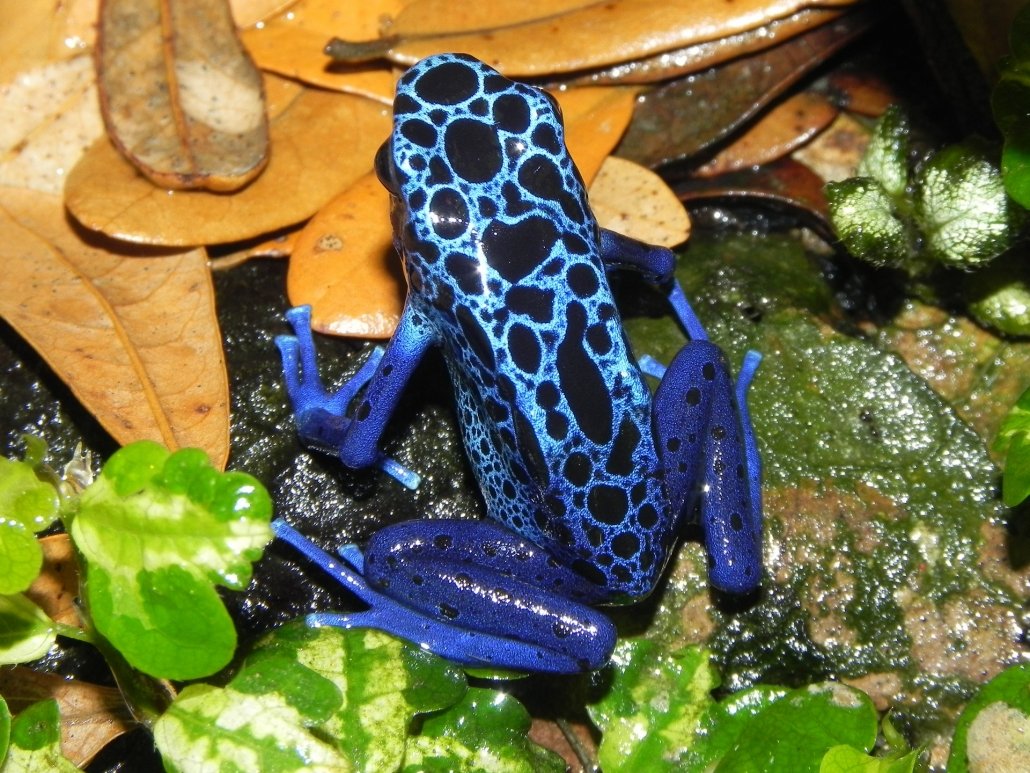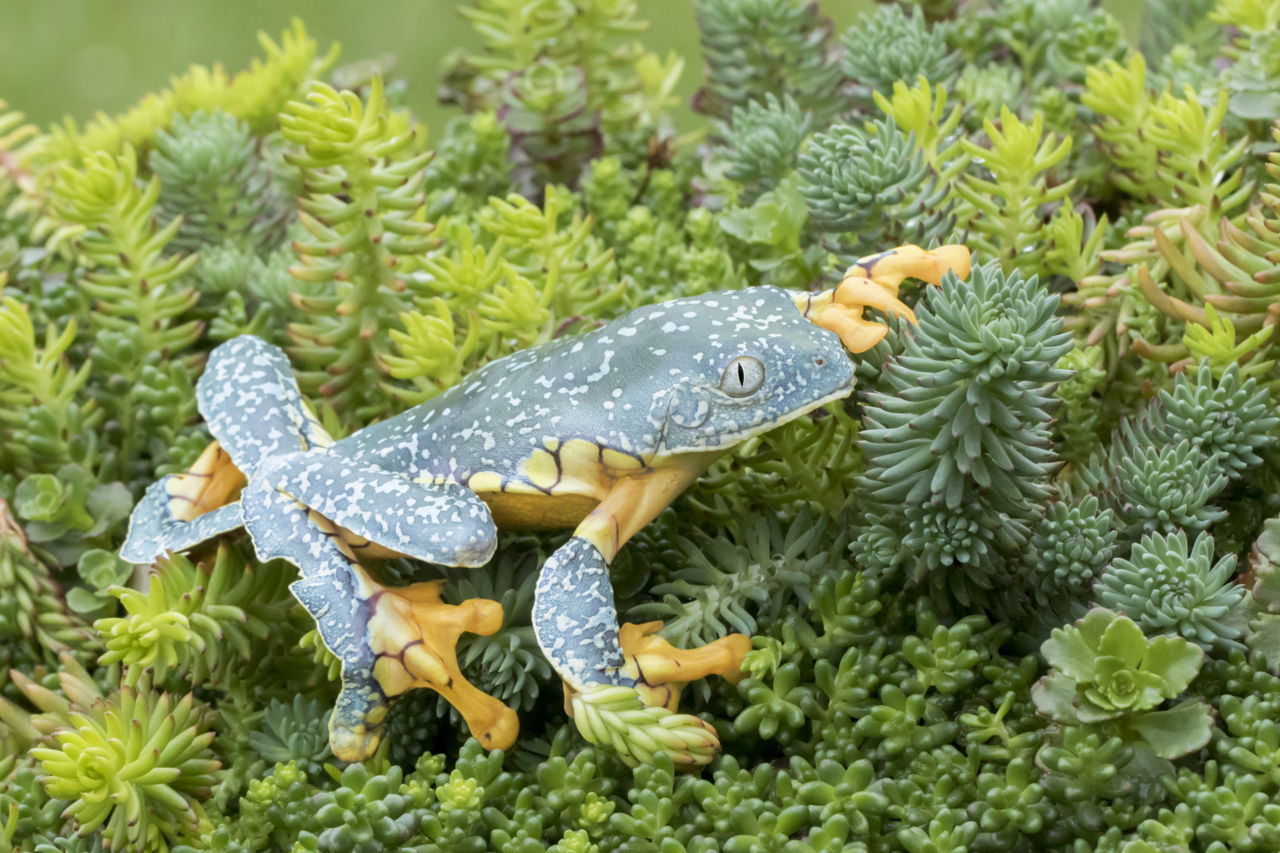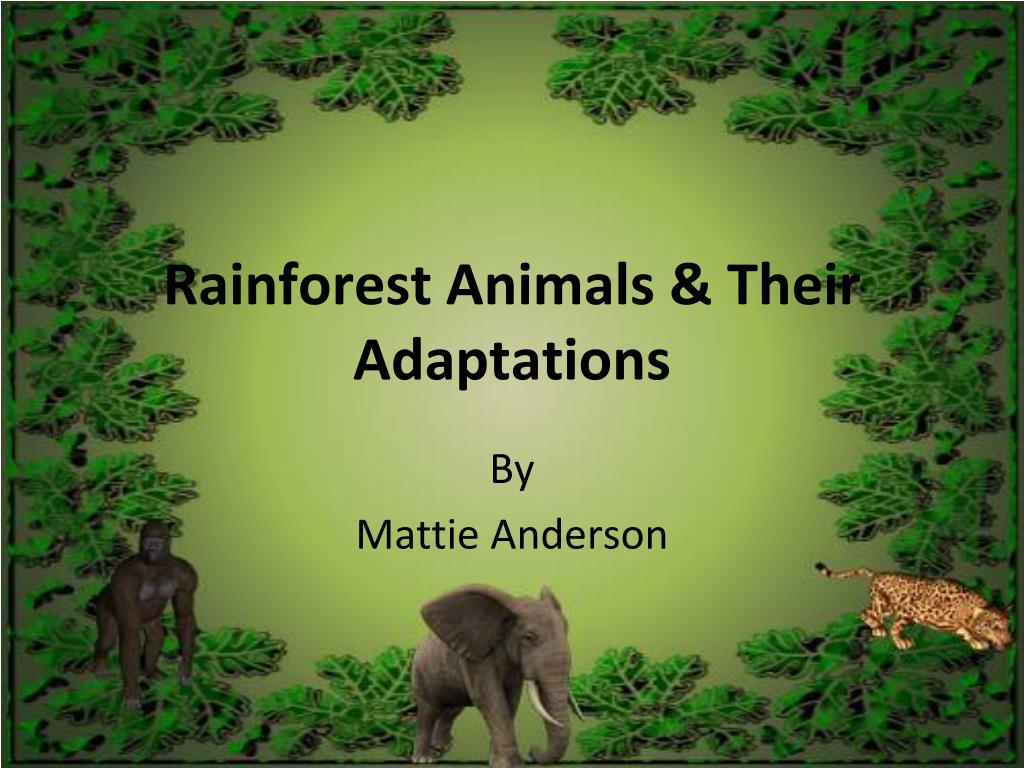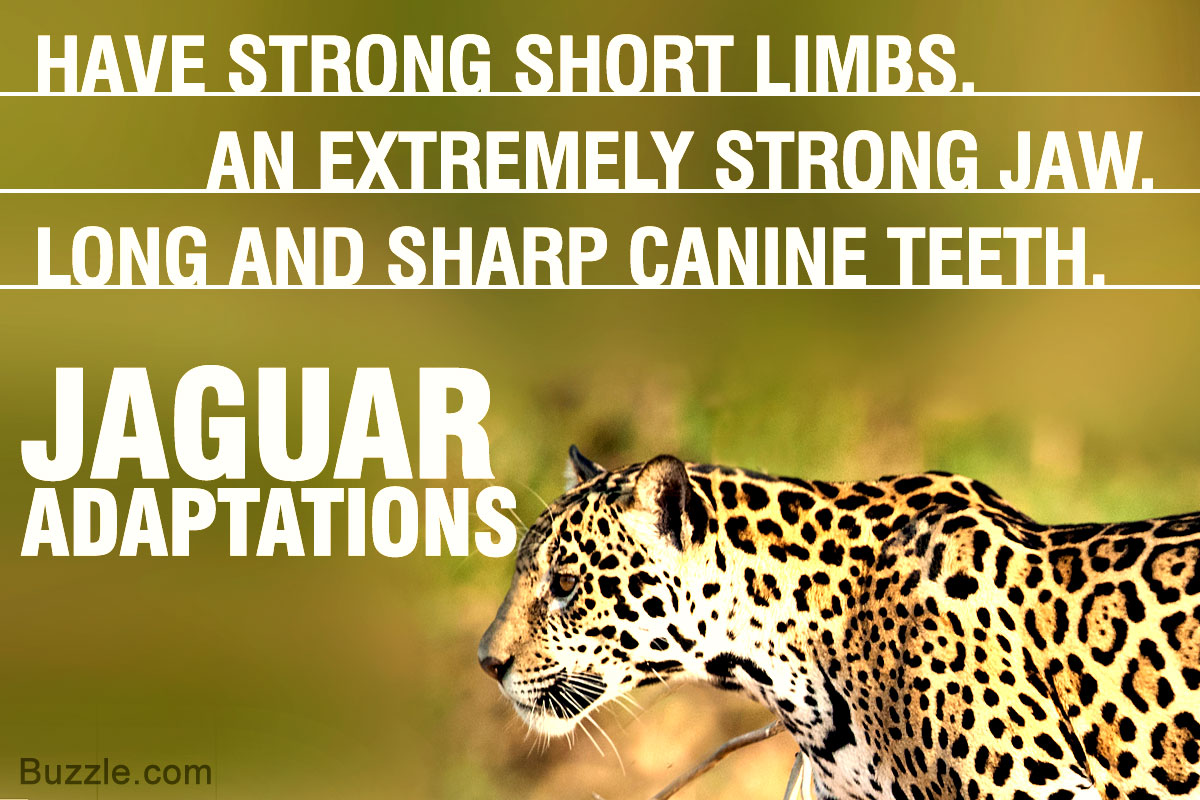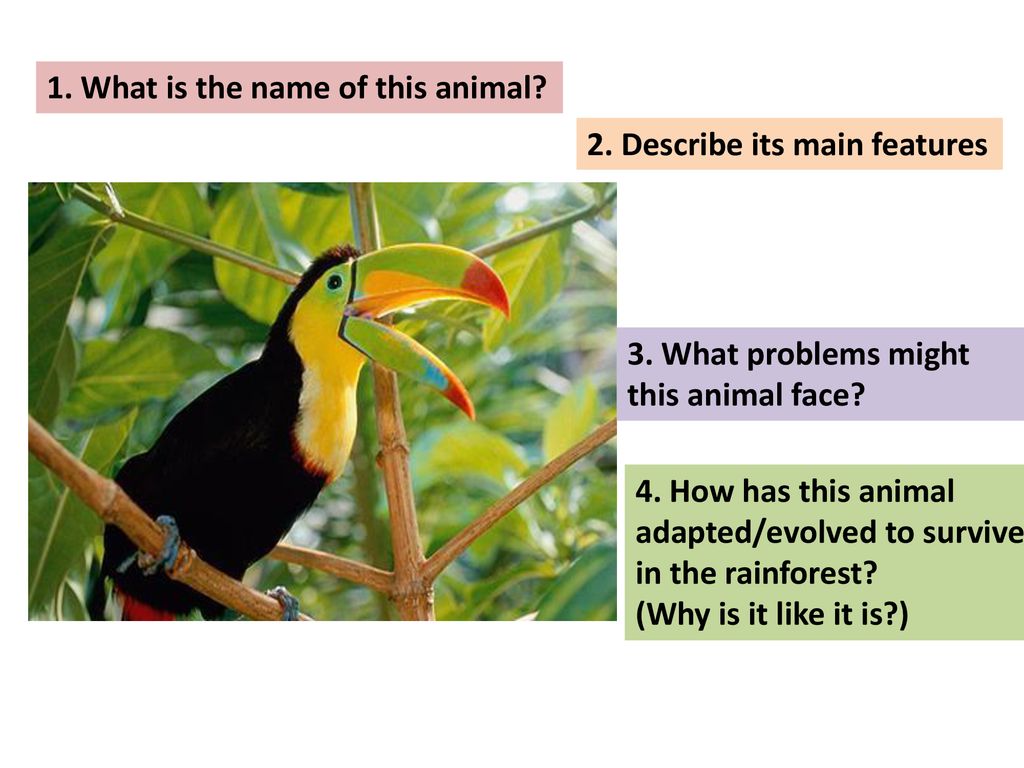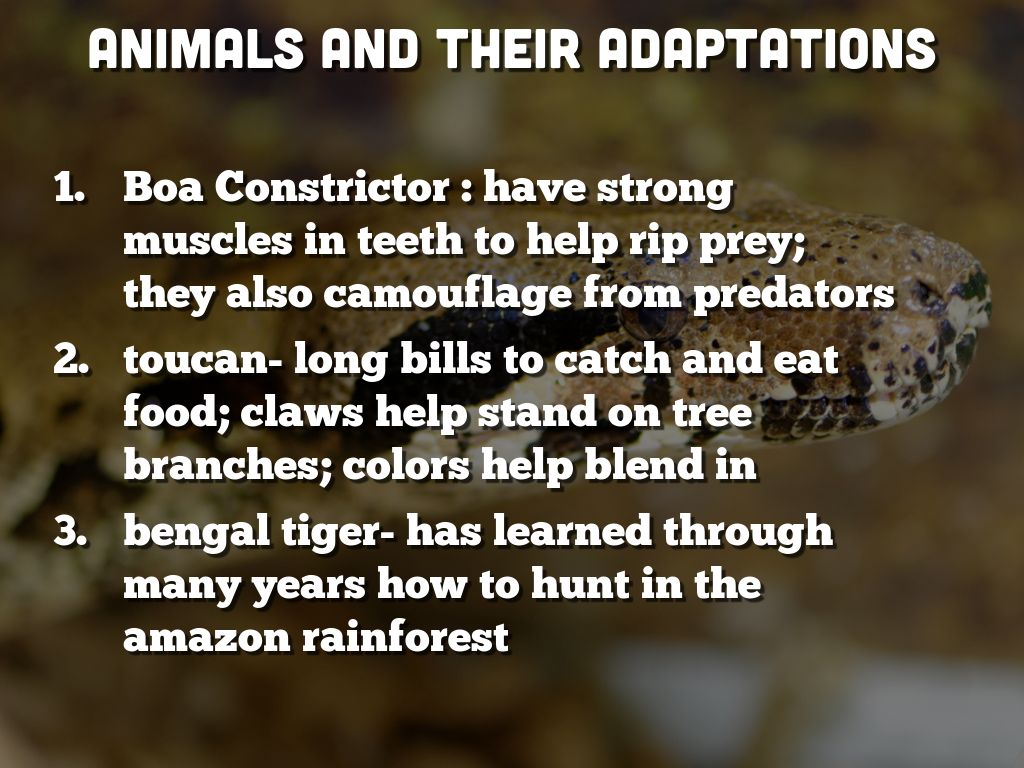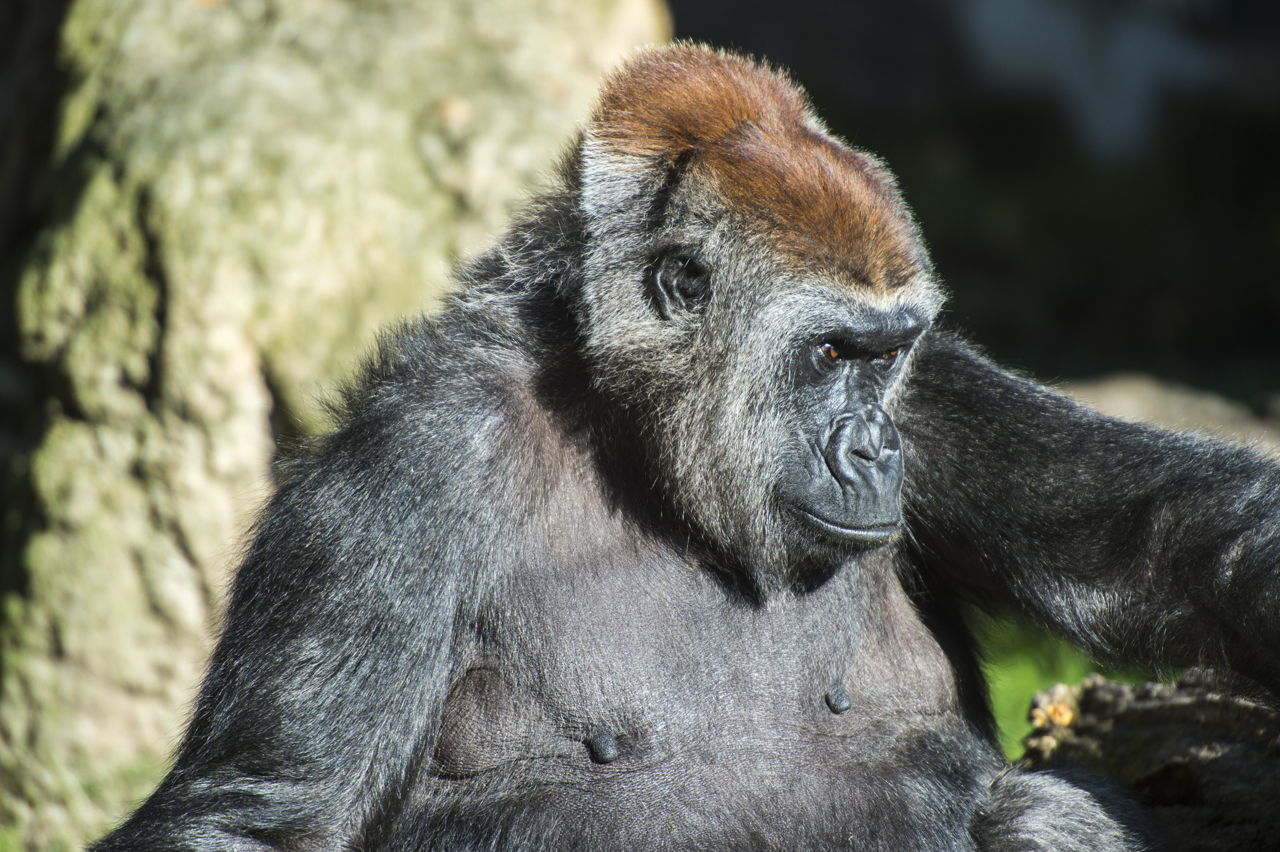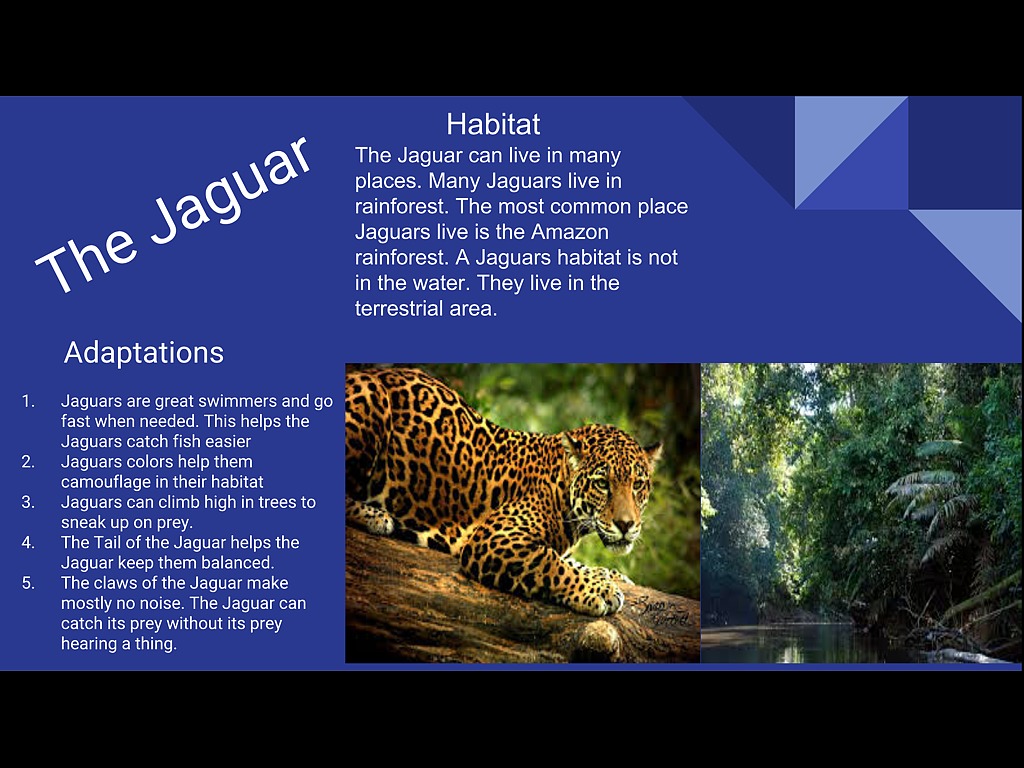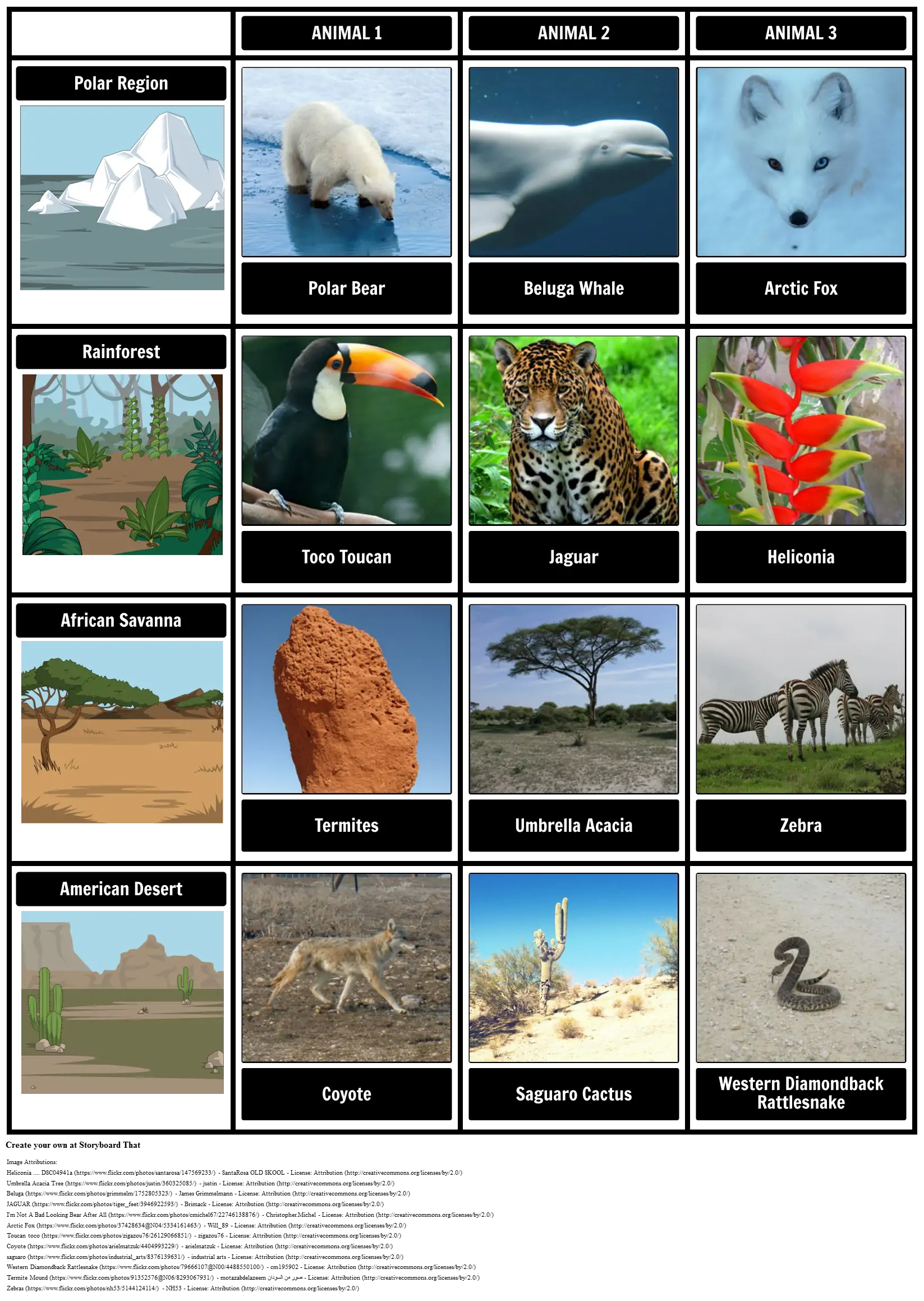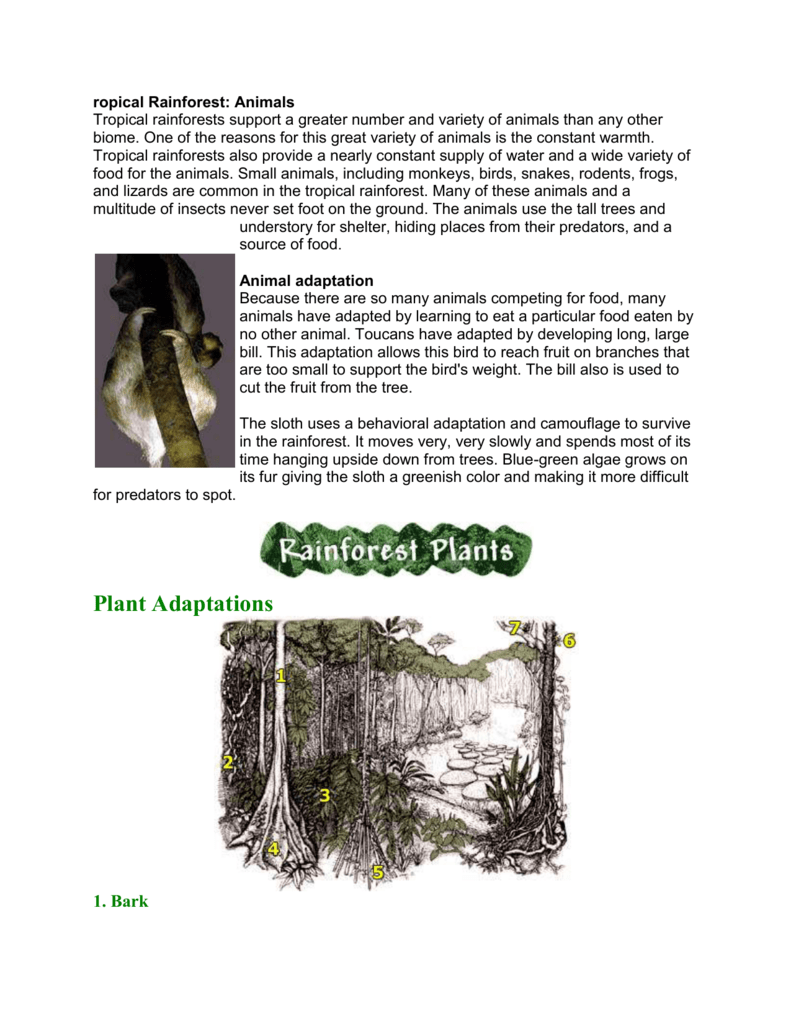Amazon Rainforest Animals Adaptations
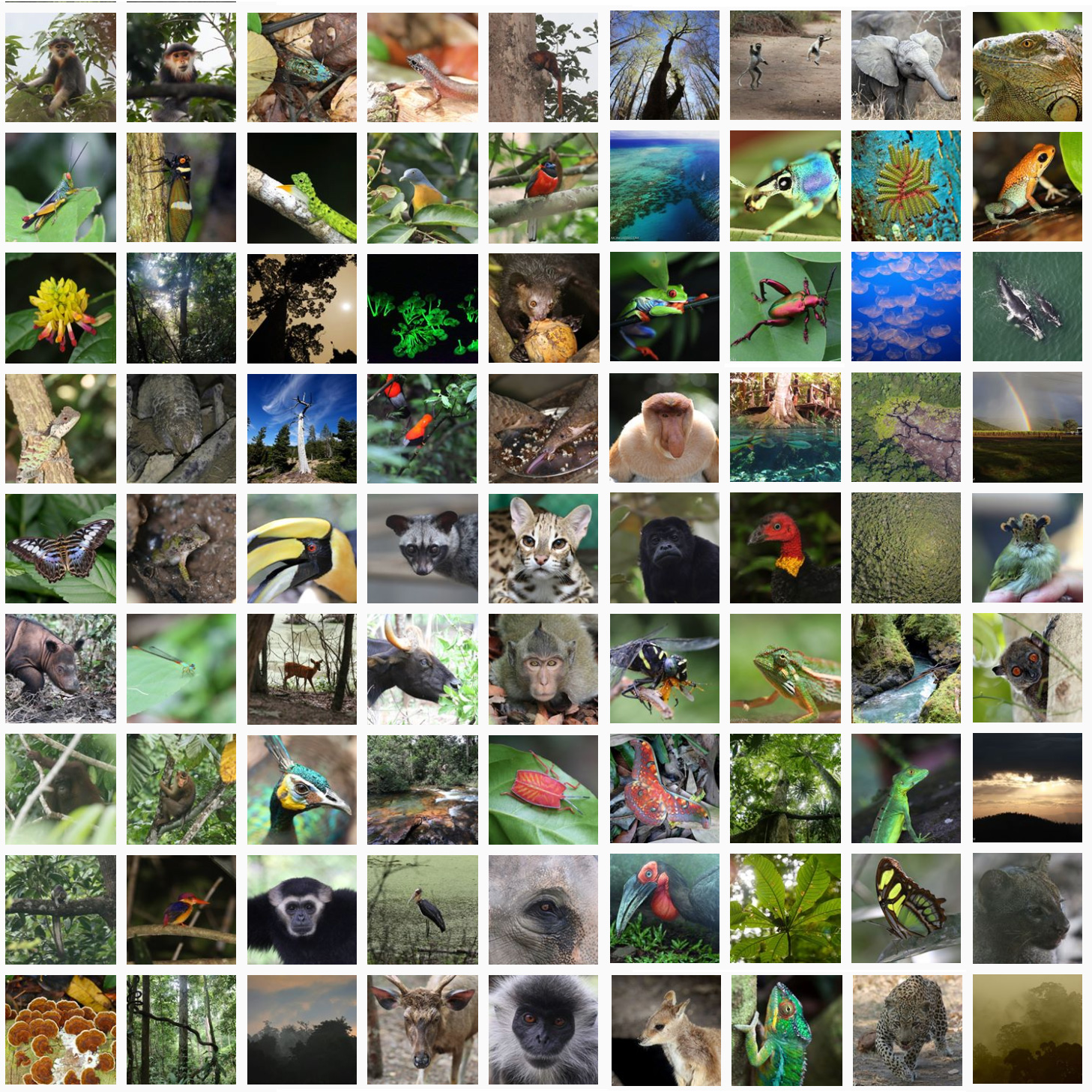
Many animals in the tropical rainforests of the world have adapted to either a nighttime or a daytime mode of life in order to survive.
Amazon rainforest animals adaptations. Empty reply does not make any sense for the end user. The Ecuadorian Amazon has over 300 species of mammals 800 species of fish 1600 species of birds and 350 species of reptiles. Two-toed sloths are nocturnal which enables them to avoid diurnal or active during the day predators by sleeping during the day.
The glass frog is another species of frog found in the Amazon rainforest. This lesson discovers how animals have adapted to the Amazon rainforest. Including examples of eight animals that have adapted to life in rainforest conditionsWith this pack pupils are asked to gather information from the examples provided and use their knowledge to design their own animal perfectly suited to rainforest lifeHelp your children learn all about animals that live in the rainforest with this teacher-made PowerPoint packFor more on the rainforest topic why not check out this brilliant Plants of the Rainforest.
Amazing Adaptations focuses on how plants and animals have adapted to suit living in a rainforest environment. In this lesson well explore several of the diverse adaptations animals have developed in order to survive and thrive in the tropical rainforest. The glass frogs skin is so translucent that one can see its internal organs like the stomach liver and heart.
Compare species found in the amazon rainforest etosha national park coral reefs and the galapagos island with animals in their everyday life. Some rainforest animals have adapted to hunt during the night instead of the day. Tropical rainforests present challenging conditions to the animals that live there.
Animal adaptations many animals have adapted to the unique conditions of the tropical rainforests. One example is the nocturnal Amazon tree boa a strikingly. It covers areas including.
Young trees have special adaptations that could save the Amazon Juvenile trees in the Amazon rainforest have an increased ability to perform photosynthesis while under drought conditions. Some of these amazing animals include monkeys piranhas anacondas tapirs jaguars and iguanas. Grazing animals that eat grass and burrowing animals are more common in grasslands while animals dwelling on trees are more common in rainforests.
